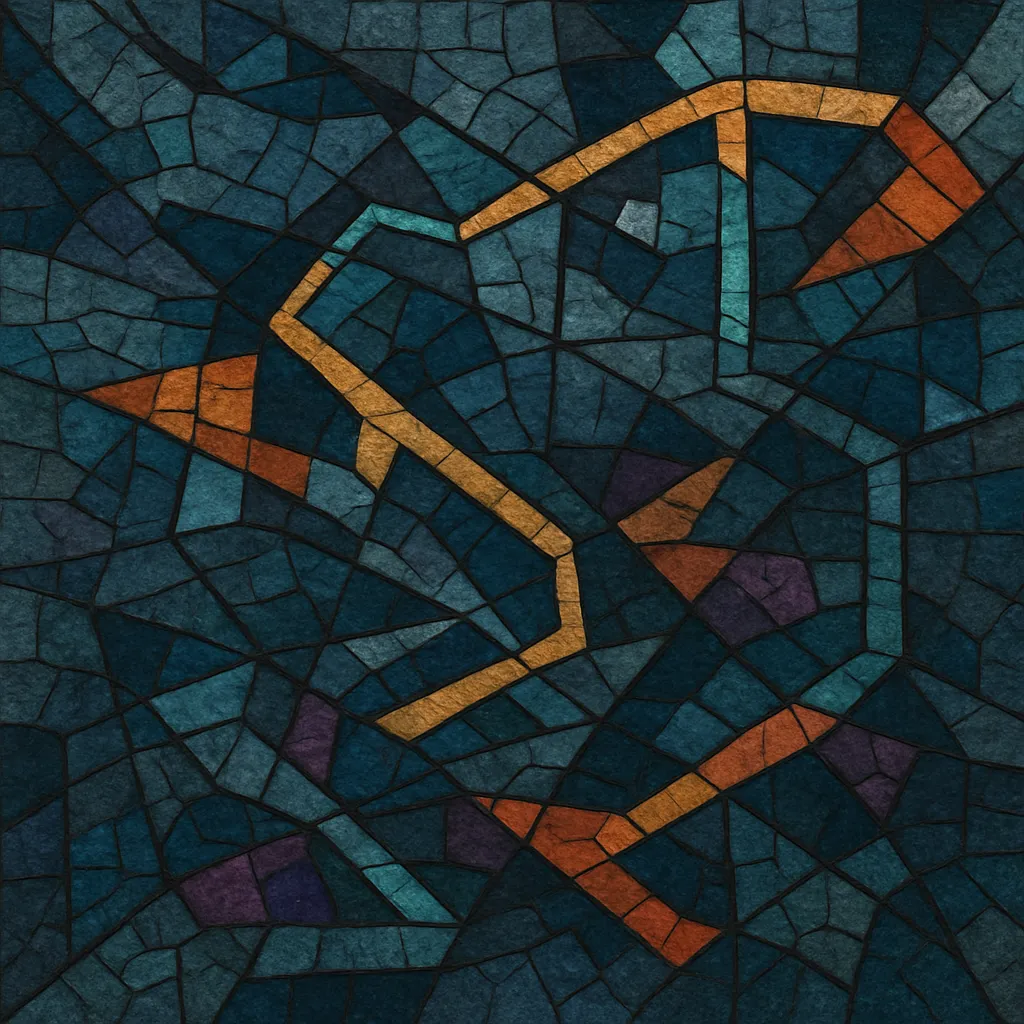IDM (often expanded as "Intelligent Dance Music") is a strand of experimental electronic music that applies the sound palette and production methods of club genres to listening-focused, often home-oriented works.
It favors intricate rhythm programming, unusual time signatures, and richly textured sound design, blending ambient atmospheres with techno’s pulse, electro’s syncopation, and breakbeat’s fragmentation. The music often de-emphasizes the dancefloor in favor of headphone detail, algorithmic structure, and timbral exploration.
The term itself is contentious—many artists rejected the "intelligent" label—yet it became a convenient tag for the early- to mid‑1990s cluster of Warp, Rephlex, and related scenes that foregrounded complexity, abstraction, and emotional ambiguity.
IDM coalesced in the United Kingdom in the early 1990s around labels such as Warp Records (notably the 1992–94 Artificial Intelligence compilation series), Rephlex, Skam, and R&S affiliates. Producers adapted techno and electro beyond club pragmatics, favoring listening contexts and studio craft. Early pillars included Aphex Twin, Autechre, The Black Dog, B12, and µ‑Ziq, whose releases paired ambient expanses with intricate drum programming.
The tag "Intelligent Dance Music" spread via the IDM Mailing List (from 1993), becoming a convenient umbrella for non‑four‑on‑the‑floor, idea‑driven electronic music. Many artists objected to the implication of superiority, with Rephlex popularizing the alternative term "braindance." Regardless, the label stuck in journalism and retail taxonomy.
Through the mid‑to‑late 1990s, IDM diversified: Boards of Canada introduced tape‑worn nostalgia and pastoral harmonies; Squarepusher fused jazz bass virtuosity with hyperactive breakbeats; Plaid and The Black Dog refined harmonic sophistication; and a global network of small labels (Skam, Warp, Planet Mu, Schematic, Toytronic, Rephlex) and shops/mail‑orders fostered community.
Laptop production, Max/MSP, Reaktor, and granular techniques encouraged ever finer rhythmic detail and microsound textures. IDM influenced (and was influenced by) glitch, breakcore, post‑dubstep, wonky, and experimental hip hop. Netlabels and forums (e.g., Merck’s circles, early Bandcamp ecosystems) became crucial dissemination channels.
While the term remains debated, IDM’s emphasis on rhythmical complexity, sound design, and home‑listening aesthetics reshaped electronic music beyond the club, leaving a lasting mark on avant‑electronic, bass music, and soundtrack‑minded production.


